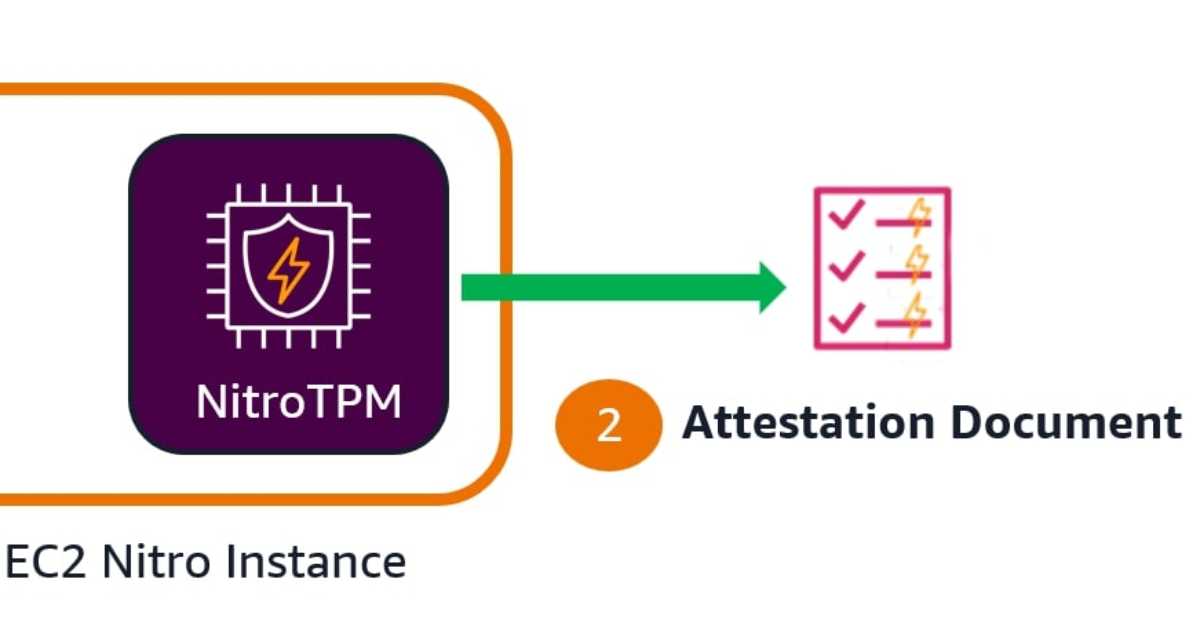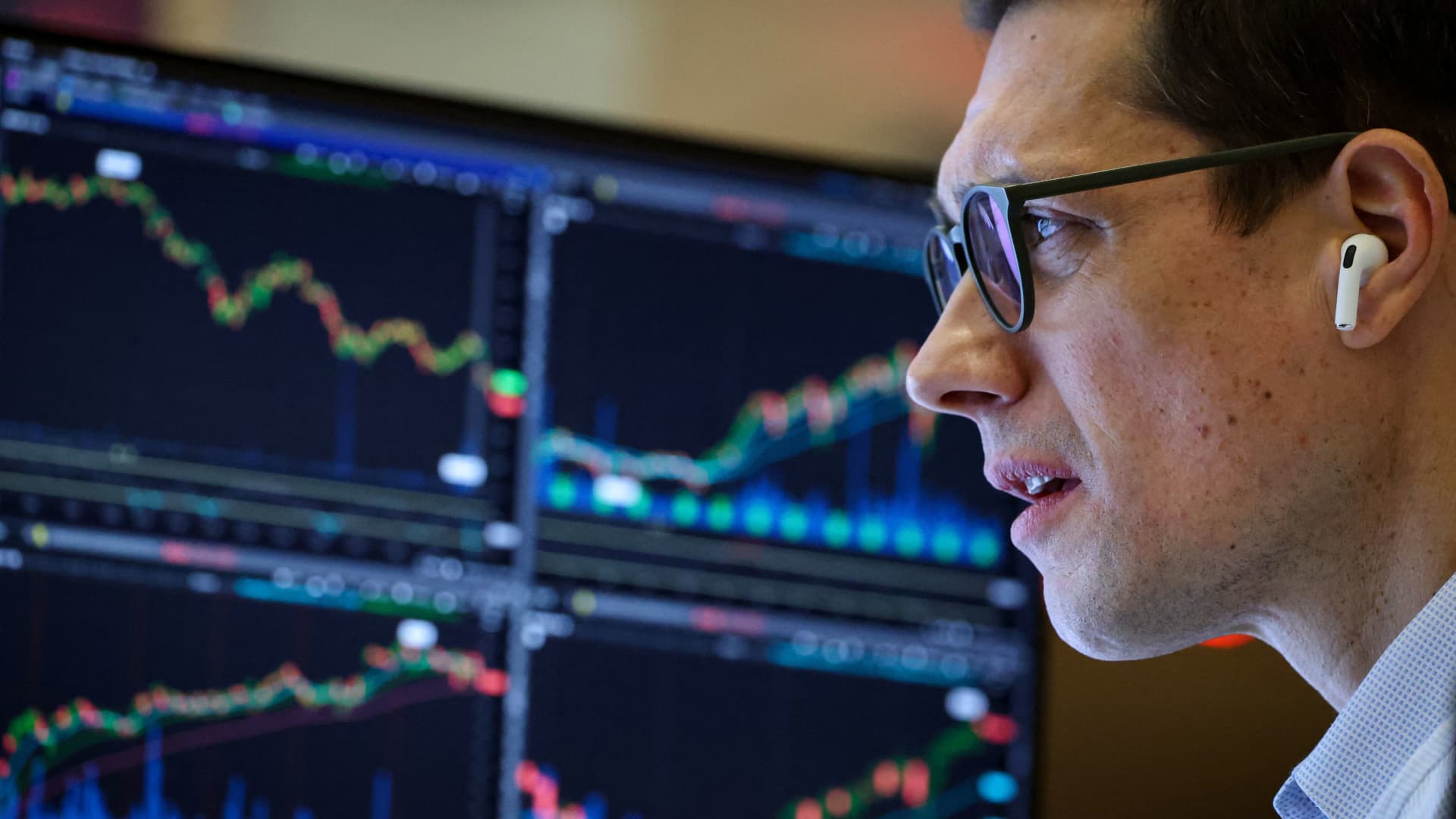How are we enjoying the “normal seasonal soft patch” so far? The stock market spent the past week chopping around the range left by the sharp drop the prior Friday, while confronting the ghosts of crises past: regional-bank balance-sheet worries , possible re-escalation of China trade hostilities, a crypto flash correction and a reversal in the most speculative and fundamentally flimsy stocks. The S & P 500 managed a 1.7% weekly gain, almost all of it coming from Monday’s reflex rebound, carving out what now amounts to a five-week trading range bounded by the all-time high above 6,750 and the twice-tested low of 6,550. Entering last week, nearly early everyone lining up behind the consensus bullish argument pointed to the AI-investment bonanza, a Federal Reserve poised to cut rates twice more this year into a still-firm economy and the heaven-bestowed right to a year-end performance-chasing rally. Along with these hard-to-dispute premises would come the standard disclaimer that one should be ready for some October volatility along the way. We’ve now had some of that, though the net effect so far is the mildest of pullbacks, just shy of 3% at the worst from a record high. But last week saw an observable upwelling of anxiety, reflecting a break of the preceding low-volatility climb and some possible pent-up selling from historically elevated equity allocations. Investors all-in The upward march in the indexes has pushed the aggregate equity allocation of Bank of America’s high-net-worth clients up to 64%, just shy of the two-decade high set in late 2021. This suggests less need to top up stock balances, even if they have wanted to, with inflows to equity funds from wealthier households heavy in recent months. Long-short hedge funds, after failing to capture much of the initial surge off the April correction lows, had largely “re-risked” into last week, based on cycle-high gross and net leverage among BofA’s prime-brokerage customers. The tactical fast-money players no doubt backed away in the past week, as they confront the annual fourth-quarter choice either to lock it in or let it ride. Goldman Sachs head of hedge-fund coverage, Tony Pasquariello, says, this cohort last week executed “the largest selling of both US and global equities since April (with a big increase in macro shorts),” adding that “while I believe there’s still plenty of length held by a variety of market actors, the fact is the market did clean up some risk over the past two weeks — and, as we move through October, I believe the technicals will improve.” It’s impossible to prove, but it seems the market has also suffered a bit from a confluence of anniversaries and milestones causing investors to recognize how generous the market has been. The third anniversary of this bull market just passed, with the S & P 500 having compounded at a 24% annual pace over that span, lifting valuations to the upper edge of the post-pandemic range. We also crossed the six-month mark since the April tariff-panic low, pushing a 40% burst from low to high. And in recent weeks the S & P 500 surpassed 6,666 for the first time, registering a ten-bagger since the financial-crisis bottom of 666 set in March 2009. The index crossed that level in each of the past six trading days and closed Friday two points below. First sign of volatility in a while Such nostalgic atmospherics aside, the drop from the record high has likely felt worse than it looks on a chart because it punctuated an unusually long stretch of sleepily rising prices. Before Oct. 10, it had been 48 days since the prior 1% S & P 500 daily decline. That slide also ended the longest-ever streak that saw the index stay above its 20-day moving average. And the index had gone 123 days since the last 3% pullback, one of the dozen longest runs on record, according to 3Fourteen Research founder Warren Pies – and the gain over that period was the best of any such streak at the 123-day mark. Reassuringly, Pies crunched the numbers on what followed past such streaks, and concludes that such calm ascents rarely come at the very end of a bull market. And the subsequent market performance following a busted streak has been a good deal better when the Fed’s next move was a cut rather than a hike. It’s quite possible, even if the recent slippage is not the start of a severe tailspin, that the interruption of the harmoniously rotating, low-drama uptrend let the volatility goblin loose for a while. The Cboe S & P 500 Volatility Index and the futures tied to it saw a much larger jump than one would expect given the relatively mild index setback, the VIX jumping from 16 on Oct. 9 to a high above 28 on Friday before receding below 21. .VIX YTD mountain Cboe Volatility Indes, YTD This promises to put in a nice spike on the chart if the sort that can mean the anxiety attack is waning and a tactical buy-the-dip signal might be flashing. Or perhaps the AI excitement and recent wild momentum stampedes into and out of speculative thematic subsectors means we could be in for a jumpier phase of the bull market. Three weeks ago, when spit-balling about what signs might accompany the acceleration into a more euphoric environment, I noted : “Another feature of markets growing toward an unstable bubbly episode is volatility rising along with stock prices – counter to the broad inverse interplay. The excitable, erratic flows in 1999 drove such a phenomenon, the CBOE Volatility index rarely dropping below 20 as the S & P 500 rallied 20% and the Nasdaq Composite soared 85%.” Too early to declare this is where we are now, but it can’t be dismissed. Credit worries Volatility can also be manifesting the flareup of credit concerns related to losses in a confluence of “one-off” commercial bankruptcies (in part chalked up to alleged fraud), fed into a simmering unease with somewhat loose non-bank lending and opaque structures in the fast-growing private-credit realm. We have had more false alarms than real ones when it comes to selloffs shadowed by credit-contagion fears, but if nothing else the price action in alternative asset managers, regional banks and the investment bank Jefferies Financial have undermined the comfort many investors were taking in historically tight corporate-debt spreads. Hints of a souring credit cycle matter most to equities because they would work against the consensus view that the Fed will be cutting rates a bit more for “the right reasons” into a still-sturdy economy. The same goes for the rhetorical escalation of trade hostilities between the U.S. and China. To remain aggressively bullish now, one must opt for the bright-side interpretation of a few apparent paradoxes. One is that divide between isolated commercial-credit weakness and still-healthy indicators of corporate creditworthiness. Another is the divide between the GDP tracking models showing above-trend growth while all job-market indicators are near stall speed. A third is the tenacious strength in gold , traditionally a risk-off asset that feeds off fears of calamity but recently a globally embraced momentum trade and “universal diversifier” against elevated equities, a surplus of government debt, a less-trustworthy U.S. dollar and cryptocurrencies that move with techno-enthusiasm. @GC.1 YTD mountain Gold, YTD Coming into Friday, traders were unsettled by the recent moves lower in stocks, Treasury yields, the dollar and crude oil – disinflationary, decelerating-growth signals – along with the unceasing buying of gold even at grossly extended prices. In this context, the metal’s $100 slide on Friday from a record above $4,380 an ounce came as a mild relief to equity traders. Whether this triggers a more disorderly unwind in gold remains to be seen, of course, and there’s no telling how stocks might correlate to such a reversal. Do we need a proper scare? Not on the same scale, but some of the more overheated meme-like stocks have been punctured without much apparent disruption to the large-cap core of the market. Quantum-computing playthings IonQ and Rigetti Computing both fell more than 20% in two days after monstrous rallies, and Robinhood shares have lost 15% in six trading days. With any luck, attention can turn next week to more fundamentally grounded matters. Earnings reporting starts to pick up in coming weeks, with year-over-year growth expected to exceed 8% (14.9% for the Magnificent 7 and 6.7% for the rest), according to FactSet. It’s tough for the economy and market to get into all that much trouble with profits and profit forecasts still on the rise, and with a U.S. federal deficit still near 6% of GDP. Last week’s action never broke the bounds of a purely routine consolidation, though it also settled nothing in particular. Scrutinizers of the tape were flagging relatively weak market responses to great Taiwan Semiconductor results and Oracle’s ecstatic growth outlook. There were more 52-week lows than highs on both major exchanges on Friday. The bounce in financial stocks Friday wasn’t all that emphatic; this group has much to prove with the sector barely above its high from late 2024. And is it a bit too trite for the S & P 500 to undergo its first noticeable pullback in six months and have it halt a mere point above the 50-day moving average, as it did at last Tuesday’s low? An ideal scenario for the remainder of the year would have the recent choppiness last a bit longer to qualify as a proper scare, skimming the froth off the speculative stuff and resetting expectations in a way that rebuilds investors’ capacity to be surprised to the upside.
Blog
-

Single Gene Swap Transfers Courtship Behavior Between Two Species For The First Time
Researchers have engineered a courtship ritual from one species of fruit fly into another using genetic modification.
A Japanese research team tweaked a single gene in the fly Drosophila melanogaster, causing it to display a courtship ritual…
Continue Reading
-

AWS Introduces EC2 Instance Attestation
AWS has introduced EC2 instance attestation, a new security feature that enables customers to verify that their virtual machines are running approved software configurations in a cryptographically secure manner. The capability is powered…
Continue Reading
-

How Dr. Barbara Sturm Turned Glowing Skin Into a Global Empire
It’s a summery Monday in Gstaad, and Dr. Barbara Sturm has just finished an afternoon of tennis with her younger daughter, Pepper, who recently turned 11. But if the renowned skincare guru is at all worn out from the sun—or from trying to…
Continue Reading
-

Scientists Discover Rogue Star-Eating Black Hole Far From Home
Welcome back to the Abstract! Here are the studies this week that mounted a defense, felt out of place, found new life, and resurrected the gods of yore.
First, a tale of pregnant stinkbugs, parasitic wasps, and fungi weapons that…
Continue Reading
-

‘No one makes money from them’: with MTV channels switching off, is the music video under threat? | Music
The launch of MTV, in 1981, ushered in a new era of music. Showing music videos 24 hours a day, the television channel redefined artist marketing and launched the careers of artists such as Michael Jackson and Madonna, whose public personas…
Continue Reading
-

Pressure is a good thing; it means you have an opportunity to do great things
Rachel Homan: “I have the best of both worlds right now”
Even as talk turns to the subject of pressure, Homan’s answers capture the complexities of a world that so carefully balances top-level curling and motherhood.
“Pressure is a good…
Continue Reading
-

Brentford U18s 1 QPR U18s 3: Young Bees fall to defeat in west London derby | Brentford FC
Brentford Under-18s fell to a 3-1 defeat against QPR Under-18s in the Professional Development League at Wheatsheaf Park on Saturday afternoon.
Naeem Giscombe opened the scoring early on for Gary McDermott’s side, but despite a bright start,…
Continue Reading
-

October 18, 2025 – Matches, How to Watch Before AEW WrestleDream
Before AEW WrestleDream goes live at 8 p.m. ET/7 p.m. CT tonight, Saturday, October 18, LIVE on HBO Max PPV from Chaifetz Arena in St. Louis, Missouri, it’s time for the one-hour AEW Tailgate Brawl, LIVE at 7 p.m. ET/6 p.m. CT on TNT and…
Continue Reading
-

Expert Discusses Early Safety and Tolerability Findings for VMT-α-NET in Neuroendocrine Tumors | ESMO 2025
Q: Could you walk us through the key safety and tolerability findings from the dose-finding cohorts (1 and 2)? Were there any dose-limiting toxicities, and how manageable were they in this patient population?
Thor Halfdanarson, MD: Absolutely. So, in terms of the safety profile, there were relatively few grade 3 toxicities, and overall, the drug is very well tolerated. There were no new safety signals. Obviously, as always, we get concerned about kidney function and bone marrow involvement by the radioligand, but we didn’t really see any of that.
In terms of renal function, creatinine—the indicator of renal function—was stable in patients following treatment. There were no obvious kidney signals. Therefore, for kidney toxicity, same thing with the bone marrow and the blood counts—everything seemed to hold up really nicely.
So, nothing unexpected. As we’ve seen with other alpha particle therapies, there is more hair loss, but typically mild in patients undergoing latitude 12 alpha, VMT alpha NET, and it’s similar with other radioligand therapies testing alpha. There is a little bit of nausea, mostly mild, but in terms of other organ toxicities, not a whole lot.
Q: Do you have data on the pharmacokinetics, tumor uptake, normal organ distribution, and clearance of ^212Pb-VMT-α-NET? How consistent was tumor targeting across patients?
Halfdanarson: We have limited information on that yet. We did collect those data in a subset of the patients enrolled, but we haven’t looked at it in a systematic way yet, so we are not reporting that at ESMO. That’s definitely to be reported later.
What we do know is that a subset of the patients had tumors that did not uniformly light up on somatostatin receptor imaging and were included in the trial because the inclusion criteria didn’t require uniform expression—and they seemed to derive benefit as well. So, in terms of pharmacokinetics and more advanced dosimetry data, that’s yet to come.
Q: Based on the safety and preliminary efficacy, what is the recommended phase 2 dose (or dose expansion dose) you intend to move forward with? What factors drove that decision?
Halfdanarson: We are not yet at a point with the recommended phase 2 dose. We are up to 5 millicurie in the largest expansion cohort, and then there is one cohort above that with 6 millicurie, which I believe has eight patients on it. We have not yet reported in full in terms of efficacy and toxicity. So, I would suspect that it falls somewhere between five and six, depending on what the third and highest dose cohort shows.
Continue Reading
